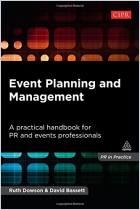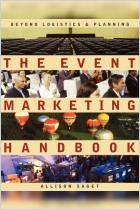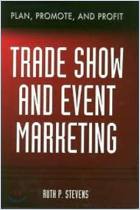This is a superb, well-structured, researched and referenced guide to event sponsorship. The eminently qualified authors, Tom Lunt and Eva Nicotra, teach events and fundraising. Both have long careers in senior event management, including raising money through sponsorships. Every chapter builds on the previous chapter to create a step-by-step guide to sponsorships. All chapters offer current cases from practicing event managers, a summary and follow-up activities. Anyone new to event management and fundraising and anyone curious about event sponsorship will gain tremendously.
Since the 1970s, event sponsorship has grown rapidly as a preferred means of branding and experiential marketing.
Event sponsorship goes back at least as far as the ancient Olympic Games. Back then and up until the 1970s, sponsorship was mostly philanthropic. Since then – and especially sparked by the successful corporate sponsorships that helped fund the 1984 Olympics in Los Angeles – sponsorship has become increasingly commercial and has grown tremendously. As of 2016, global sponsorship spending surpassed $60 billion. Perhaps that’s a small number compared to overall marketing expenditures of $900 billion, but it continues to grow faster than other forms of advertising.
Sponsorships aren’t gifts; both sides expect to benefit. A sponsor – whether of a sporting, musical, artistic or community event – might negotiate signage and branding, recognition in event advertising and access to data about who attended the event. Sponsorship gives advertisers assets they cannot access through traditional marketing. These include a subtle but effective association with the event and its themes and a connection...
Tom Lunt and Eva Nicotra teach event fundraising and work on related research at universities in the United Kingdom. They have long careers in event management, including raising money through sponsorships.
















Comment on this summary or Iniciar a Discussão